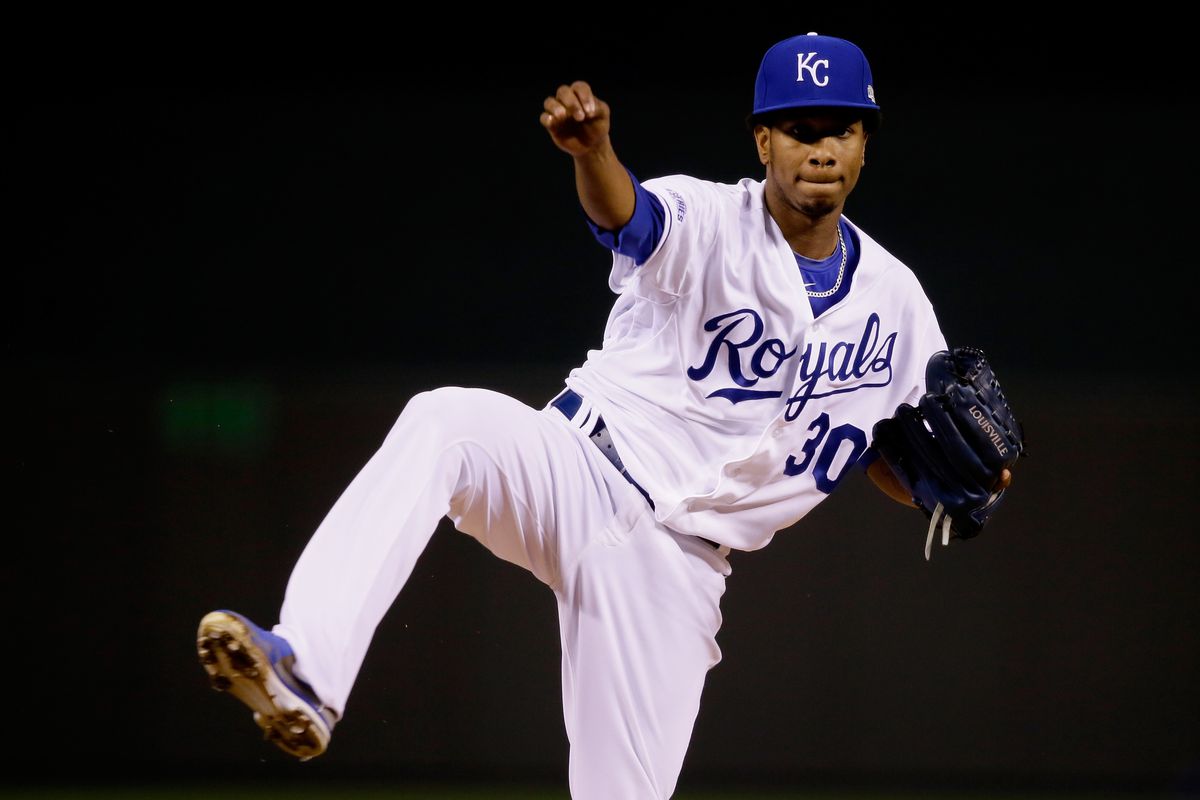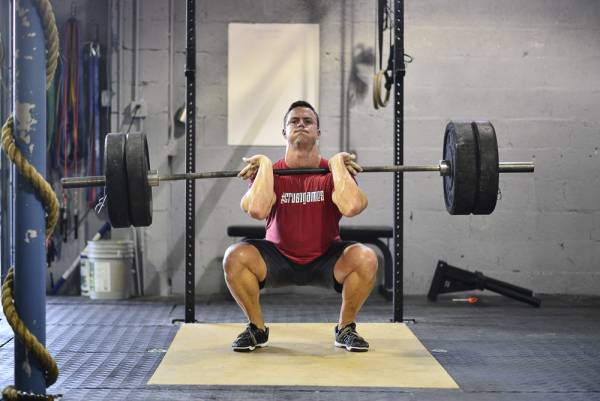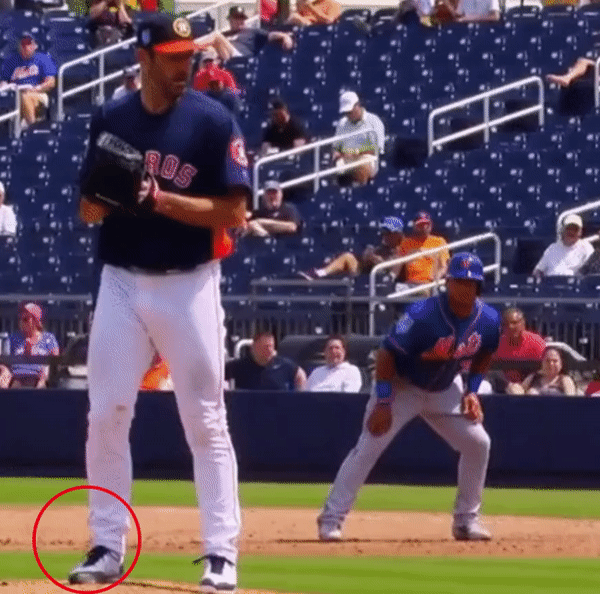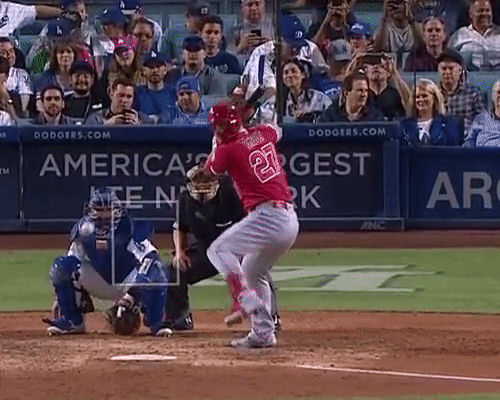As snow starts to melt and trees start to bloom, baseball games are going to start filling the calendars of kids this spring all across the country. While this is an exciting time of the year, it can bring a multitude of challenges. With more and more training economy being dedicated to games, less is ultimately reserved for training. This creates a big problem for players who made changes over the offseason. If you don’t supplement your work over the winter with in-season maintenance, your changes won’t hang around for long. You’re going to lose them.
To explain this, we have to go to the two biggest constraints all coaches face:
- Hard wired Central Nervous System
- Preconceived notion for how to execute a specific task
This article is going to focus on the first one: How to “rewire” and already hardwired Central Nervous System (CNS). If you’ve ever felt like pulling your hair out over players who constantly reverted back to bad mechanics, you know how hard this one is. Making meaningful movement changes is difficult. If you add an athlete to the equation who’s done something wrong their entire career, it becomes exponentially more difficult. If we want to understand why, we have to go deeper than connective tissue.
The issues you see on the surface are not the fault of the muscles. Every action we make can be traced back to the command center for all human movement: The CNS.
The CNS consists of the brain and the spinal cord. It serves many functions within our body. Of these includes the ability to process information about our environment and communicate to our muscles and other connective tissue on how to execute specific tasks. While it was once thought that muscles have “memory,” we now know this isn’t the case. Our connective tissue has no working memory. It organizes and responds based on what the CNS tells it to do. This part is really important.
When we learn a new skill, our CNS takes on the responsibility of building out “instruction manuals” for our body. At first, these manuals are a little fuzzy. It takes a lot of time and practice to get everything in our body on the same page so the skill can be executed consistently and without error. This is why your first attempts riding a bike or driving a car weren’t so graceful. Your brain and body were relying on a manual that hadn’t been completed yet. The only way to complete it is through time, practice, and a critical substance found in our brain that grows in response to repetition: Myelin.

Myelin is a fatty, insulating sheath that forms and wraps around nerves throughout our brain. It insulates neural circuits that relay the communication of electrical impulses between nerves. These impulses transmit signals from our brain to our body on how to execute specific skills. Everything we do – from shooting a basketball to tying our shoes – has a dedicated neural circuit behind it. The faster impulses can travel along these circuits, the more efficiently and effectively we’ll be able to execute that skill.
Myelin has a few fundamental principles, as outlined by Daniel Coyle in his best-selling book The Talent Code:
- The firing of the circuit is paramount
- Myelin responds to action and urgent repetition. It cannot grow unless you are firing the nerve patterns required for that specific skill.
- Myelin is universal
- Myelin is ignorant of what you are doing. It only cares that you are doing something. In Coyle’s words: “Myelin is meritocratic: circuits that fire get insulated.”
- Myelin wraps – it doesn’t “unwrap”
- You can’t uninsulated what’s already been insulated.
Coyle’s third principle of myelin gives us insight into why bad habits are so hard to break. He explains:
“Like a highway paving machine, myelination happens in one direction. Once a skill circuit is insulated, you can’t un-insulate it (except through age or disease). That’s why habits are hard to break. The only way to change them is to build new habits by repeating new behaviors – by myelinating new circuits.”
If you’ve patterned a bad swing your whole life, you can’t just “unlearn” it. Your brain is always going to remember that pattern. The only way you can break it is by learning something new. As a result, breaking bad habits can’t be a one stop shop. It is a constant process of myelinating newer and better patterns so they can eventually become your brain’s preferred course of action. What starts as a conscious action must eventually become an unconscious reaction. You bury the old by building the new. This takes a ton of work, time, and patience. It also takes a lot more than just one offseason.
If you made big changes this past winter to your swing or delivery, remember this: Those changes are NOT permanent. They are only as permanent as your dedication to maintain them. You need to continuously myelinate them throughout the course of the season because they’re constantly competing for attention over the bad patterns you’ve hammered your whole life. All it takes is a couple of missed training sessions for your body to default back to the patterns it knows best. It’s easier to patch these leaks when you’re training every day. It’s a lot tougher when you’re not.
Playing and competing on teams is a critical part of your development as a player. With this, understand your individual development needs won’t often be met in team environments. Practices will be centered around team specific needs. Games aren’t designed for training. They’re designed to tell you whether your training is effective or not.
If you sacrifice purposeful individual development for games and team practices, you can’t expect to make the same kind of progress throughout the season. You’re going to regress at some point because the environment you trained in that helped you break bad habits is no longer there. When the environment goes, the behavior is sure to follow.
If you want to make your offseason changes stick, below are some tips:
- Make time to train outside of games and team practices. It doesn’t have to be much, but a little bit over a consistent period of time can go a long way.
- Don’t focus on being perfect. You’re going to have good days and bad days. Just keep showing up.
- Don’t mistake activity for achievement. Your practice must have purpose. Not all swings are created equal.
- Collect film from games and practices. What you feel doesn’t always match what’s happening.
- Ask questions. We’re often not the best at solving our own problems.
- Find a training buddy that can help keep you accountable.
- Don’t get married to drills. Focus on the framework and let that determine what drills, thoughts, or feelings you need at that moment in time.
- Don’t panic. Stay the course and trust in your training.
On a final thought, being “too busy” isn’t a good enough excuse to explain why you haven’t kept up with your training. Busy is a decision. We make time for the things we want to do and “run out of time” when it’s time to do the things we lust. You can always make time if it’s important to you.
Don’t let this offseason go to waste because you didn’t have enough hours. Make the time to train and make this year your best one yet.






